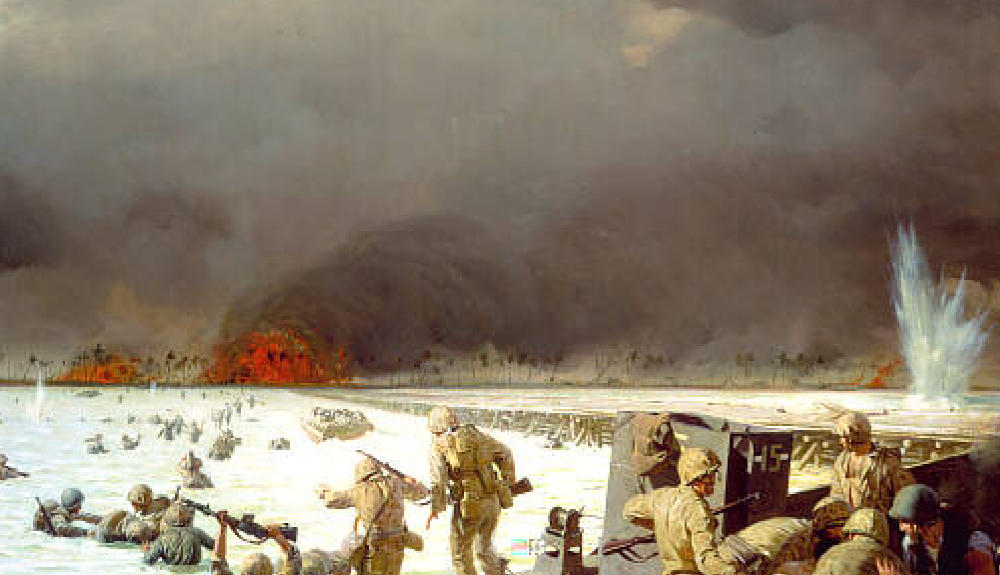There’s that old phrase, “the devil is in the details.” And that is the case, sometimes. But today, for the following story — one of redemption and family and a proper goodbye — we’ll gladly subscribe to its more hopeful alternative, coined by the late great French architect Le Corbusier …
“God is in the details.”
In 1942, United States Marine George Traver received a curious object in the mail, via his mother. A Boy Scout pocket knife. There must’ve been something special about it, sentimental or not, because the young man had it on him when he was killed a year later, on November 20, 1943 by Japanese forces in the battle to capture Tarawa.
He wasn’t alone. According to Pentagon records, 1,000 Marines and U.S. Navy sailors were killed in the fight, along with 2,000 others that were wounded.
In May of 2015, in a mass grave on the island in the South Pacific, George Traver’s remains were positively identified and located at long last.
It was the pocket knife, along with dental records, that located the fallen Marine’s body.
This from Military.com:
“When we got the report back from the recovery team one of the artifacts that they found on him was a knife, [said one of Traver’s relatives] … and the description of it was a 3-inch or a 4-inch knife blade, bone case covering and a Boy Scout emblem on it. So it was almost like he carried something that meant something to him so much and mentioned about being home.”
“His mother lived to be 90 years old and, right up until her dying day, she was hoping to hear something about George and get him back,” relative Al Wheeler told WNYT. “She tried and tried. Never happened.”
A second funeral for Traver will take place in Chatham, New York (the one in 1944 was called off) where service member will be laid to rest, at home, in the Chatham Rural Cemetery.




































